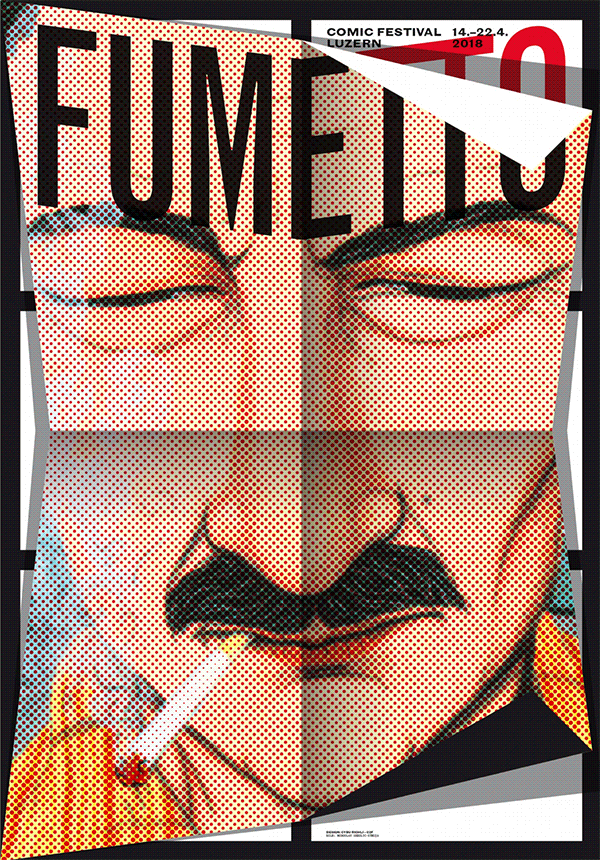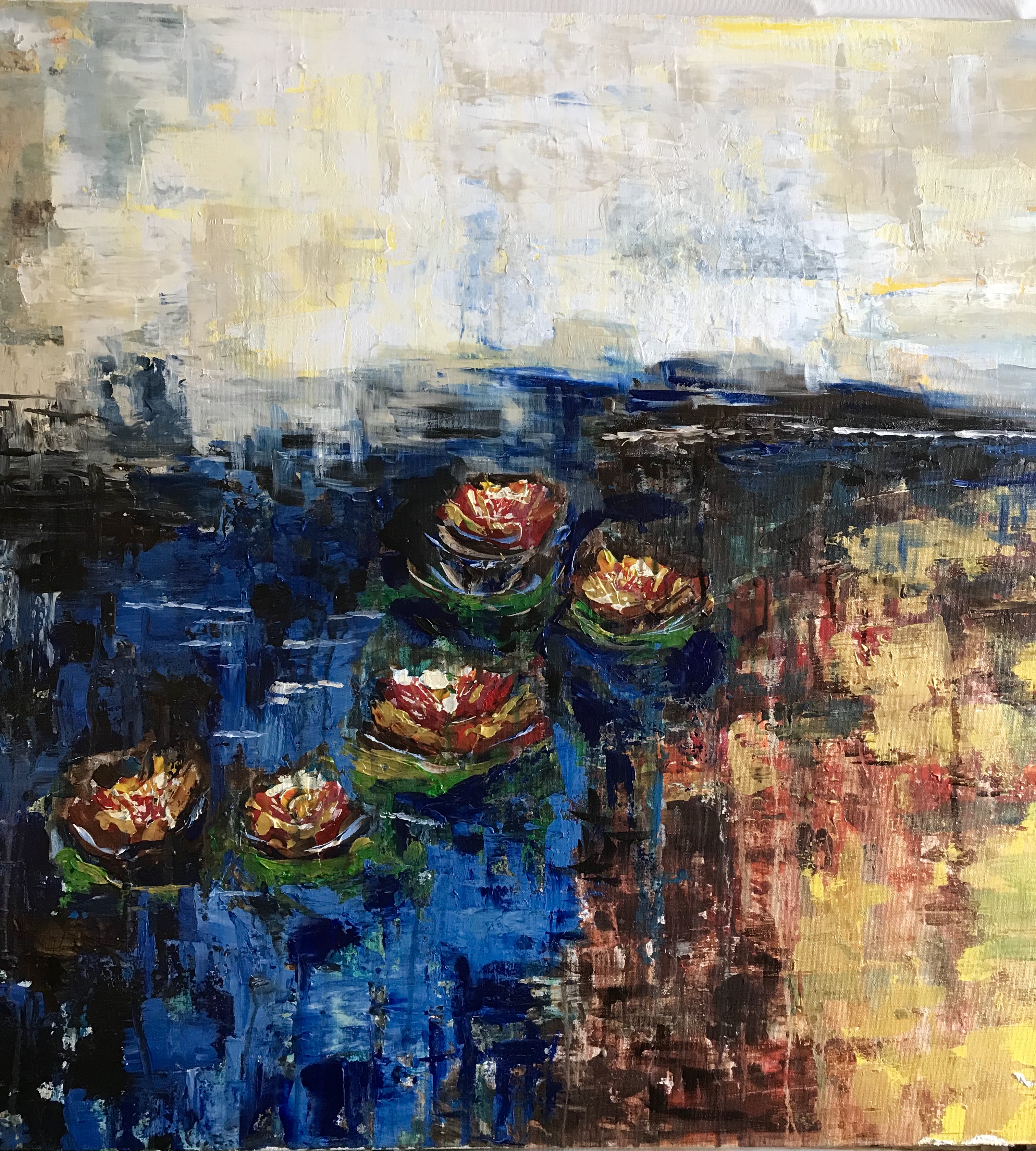What is the use of visual movement in art?
Visual movement is an essential aspect of art that has been used for centuries to create the illusion of motion and guide the viewer’s eye across a composition. It can be used to create a sense of energy, rhythm, or flow within an artwork, and to convey a particular mood or emotion.
By utilizing various techniques such as color, line, shape, and composition, artists can create visual movement that can make an artwork more engaging and dynamic.
Visual movement is a fundamental element of art that refers to the way the viewer’s eye travels across a composition. It can be used to create a sense of motion within an artwork, even though the artwork itself is static. Here are some examples of motion illustrations from Illo Agency.
Visual movement is created by utilizing various techniques such as line, shape, color, and composition. These techniques can be used to create a particular mood, convey emotion, or lead the viewer’s eye across a composition.
One of the most basic techniques used to create visual movement in art is the use of line. Lines can be used to create a sense of motion, direction, and energy within an artwork. For example, diagonal lines can create a sense of action and movement, while curved lines can create a sense of flow and rhythm. Horizontal lines can create a sense of stability and calmness, while vertical lines can create a sense of height and tension.
Shapes are another important element that can be used to create visual movement in art. By using shapes of different sizes, artists can create a sense of depth and distance within an artwork. Additionally, shapes can be used to create a sense of motion and energy, depending on their placement and size. For example, larger shapes can appear to be moving towards the viewer, while smaller shapes can appear to be moving away.
Color is another key element that can be used to create visual movement in art. Bright, bold colors can create a sense of energy and excitement, while muted, subdued colors can create a sense of calmness and tranquility. The use of contrasting colors can also create a sense of tension and movement within an artwork. For example, the use of complementary colors such as red and green can create a sense of vibrancy and energy.
Composition is the arrangement of elements within an artwork and is an essential tool for creating visual movement. By using various compositional techniques such as balance, asymmetry, and contrast, artists can create a sense of movement and flow within an artwork. For example, a composition that is balanced on both sides can create a sense of stability, while an asymmetrical composition can create a sense of movement and energy.
Visual movement is not just limited to two-dimensional art forms such as painting and drawing. It can also be used in three-dimensional art forms such as sculpture and installation art. For example, the placement of objects within a sculpture can create a sense of movement and energy, while the use of light and shadow can create a sense of depth and dimension.
The use of visual movement in art has been prevalent throughout history, and artists from various movements have used it to create engaging and dynamic artworks. For example, the Impressionist movement, which emerged in the 19th century, used brushstrokes to create a sense of movement and energy within their paintings. Similarly, the Futurist movement, which emerged in Italy in the early 20th century, used bold colors and dynamic compositions to create a sense of speed and motion within their artworks.
Conclusion
In conclusion, visual movement is an essential element of art that can be used to create a sense of motion and guide the viewer’s eye across a composition. It can be achieved by utilizing various techniques such as line, shape, color, and composition. The use of visual movement in art has been prevalent throughout history, and artists from various movements have used it to create engaging and dynamic artworks.
Many people read our art newsletter ; you should too!










